A recent U.S. Supreme Court ruling could dramatically reshape the way several South Bay cities regulate homelessness.
The ruling in Grants Pass v. Johnson gives West Coast cities broad power to fine or arrest people for sleeping in public, overturning years of legal protections for unhoused residents.
Federal courts previously said local laws against camping or sleeping in public could violate the Eighth Amendment ban on cruel and unusual punishment if the city did not also offer shelter beds or other forms of emergency housing.
The Supreme Court’s June ruling reverses that, and opens the door for cities to crack down regardless of whether they offer shelter or not. It is widely considered the biggest legal decision on homelessness in decades and is likely to transform how local governments regulate the lives of unsheltered people across San Diego County.
That’s particularly true for the South Bay, where several cities are still deciding on the best approach, including Chula Vista, the county’s second-largest city. Local officials, researchers and advocates said they expected to see more South Bay cities consider encampment bans in the coming months.
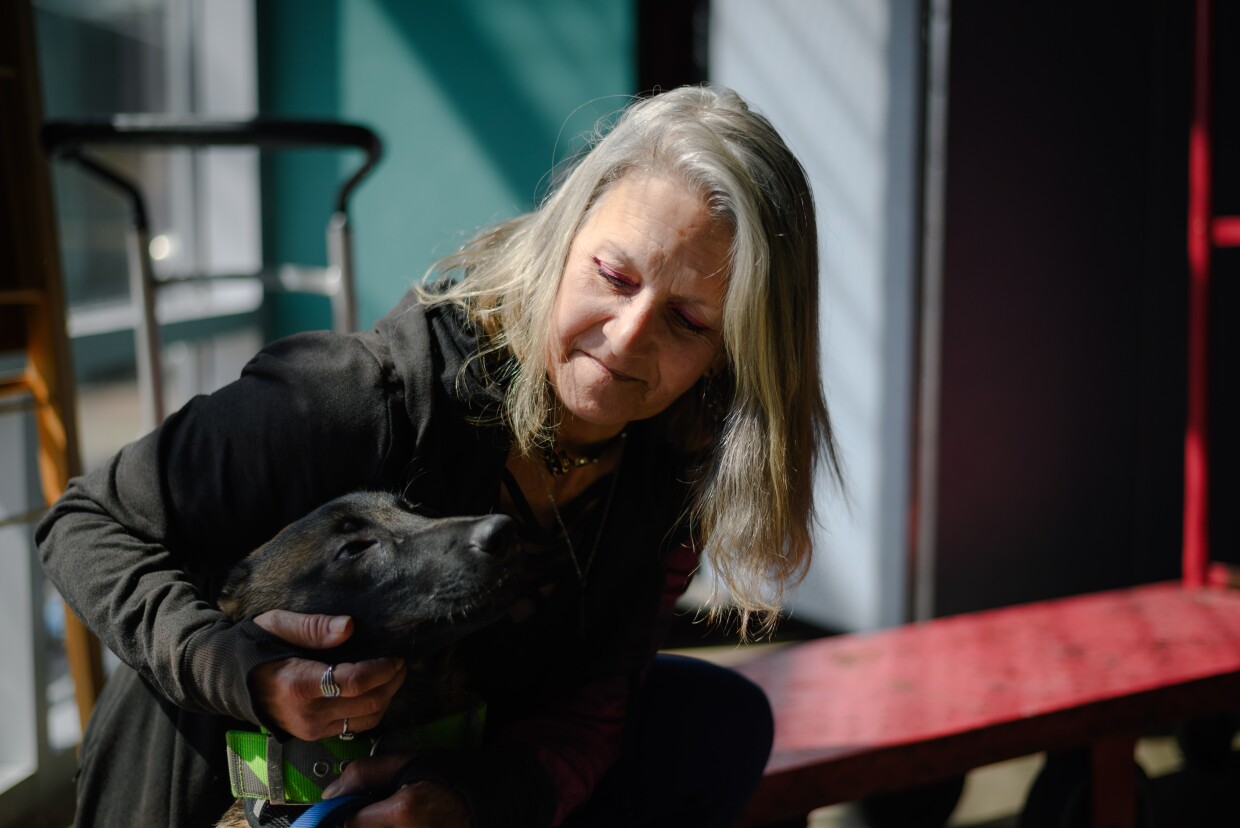
“I think it's going to be very positive,” said Chula Vista Mayor John McCann. “It gives us the tools to be able to protect our neighborhoods, especially our lower income, vulnerable communities.”
But unhoused residents and their advocates warned that encampment bans and sweeps are intensely traumatic for people on the receiving end and will have no effect on the underlying factors forcing more people into homelessness. Those factors include the state’s dire housing shortage and rising costs of living.
“It scares me,” said Rachel Hayes, a recently-unhoused advocate with Lived Experience Advisers who now lives in San Ysidro. “It is really disheartening that people want to go after people that are just plain old suffering.”
Here’s what we know about how the Supreme Court’s ruling could influence South Bay cities’ approaches to housing and homelessness.
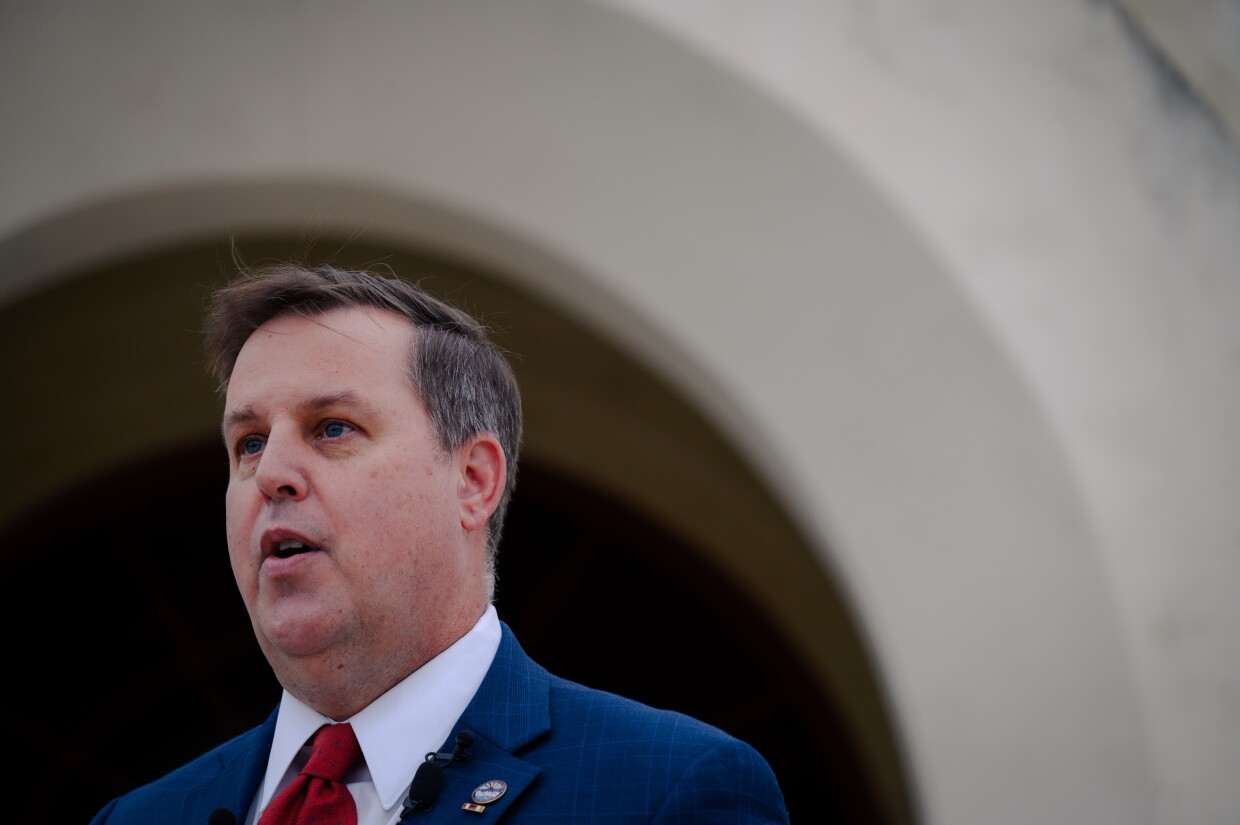
Chula Vista
Chula Vista is all but certain to consider its own ban later this summer on camping and sleeping in public.
The city is home to around 500 people living on the street, according to the county-wide homelessness census — up nearly 60% from last year. The South Bay region overall is home to around 8% of the county’s unhoused community, with the city of San Diego accounting for the vast majority of homeless residents.
Chula Vista has just one homeless shelter: a small complex of 65 tiny homes meant to help residents move on to permanent housing. The city is also in the process of retrofitting a small motel to create 30 apartments with supportive services for formerly unhoused people.
Since San Diego passed its encampment ban last year, Chula Vista’s leaders have wavered on how to address homelessness. The City Council has pushed forward different supportive services but has also considered following San Diego’s lead with a camping law of its own.
The Grants Pass case and other federal court rulings have repeatedly taken center stage in those conversations. Some council members and city staff feared that an encampment law would expose the city to expensive lawsuits because of its limited shelter space.
But last month’s Supreme Court decision has largely extinguished those worries, said McCann. He said he plans to bring an encampment ban proposal forward next month.
That proposal would still need to be approved by the city council.
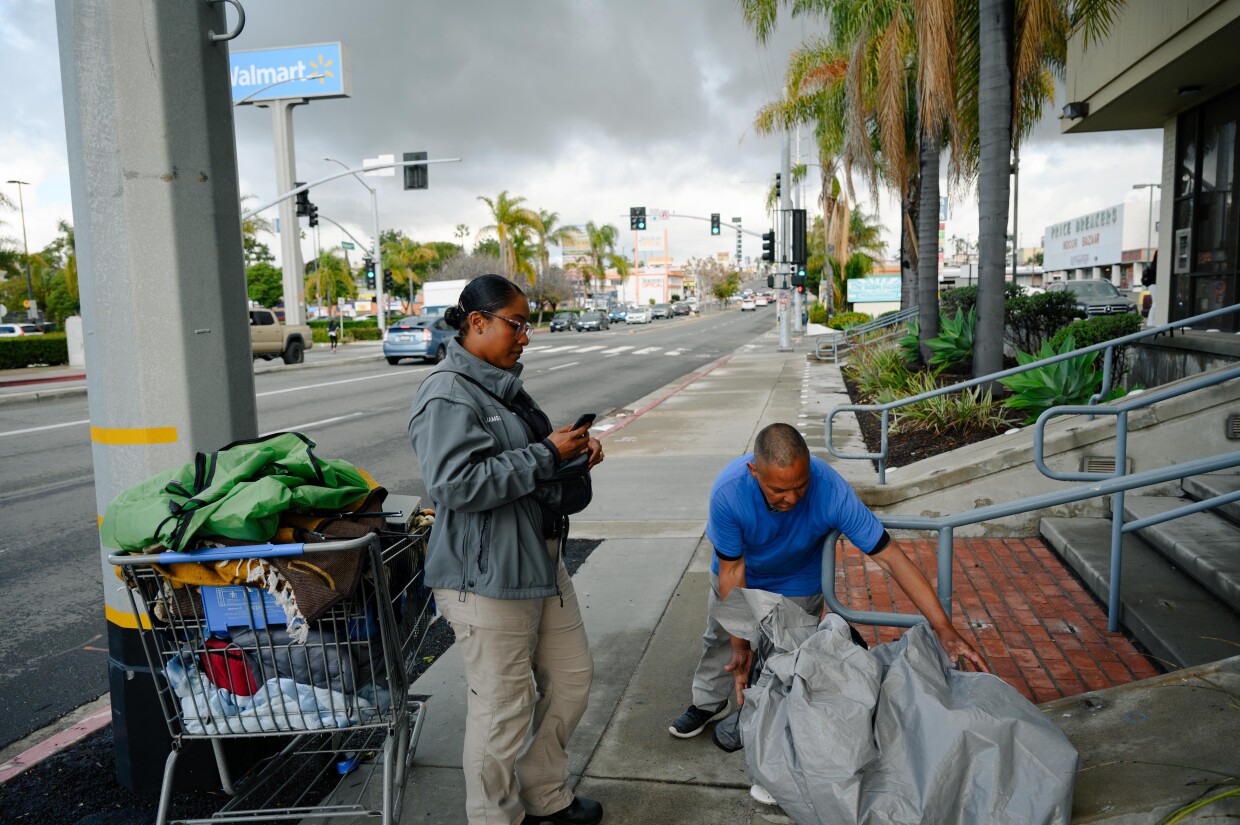
National City
The ruling may also change things in National City.
National City has around 174 unhoused people living on the street, according to the latest census. The city recently saw its first local homeless shelter open: a private, 160-bed facility run by the San Diego Rescue Mission.
Back in April, city leaders rejected a first draft of an encampment ban. Federal law played a key role in those discussions. In one instance, City Councilmember Marcus Bush said he doubted whether the Rescue Mission shelter would be enough to meet the requirements of previous court rulings.
“I think we need to talk more about the root causes of this and be more solutions-oriented,” Bush said during the meeting. “I just don’t think that this approach, this ban, is solutions-oriented.”
But the Supreme Court’s latest ruling could change the direction of those conversations according to one city official, although he said it was too early to say exactly how.
“It definitely will impact how we move forward with an encampment ordinance in the future, but I don’t have any details yet,” said City Manager Ben Martinez in an email.
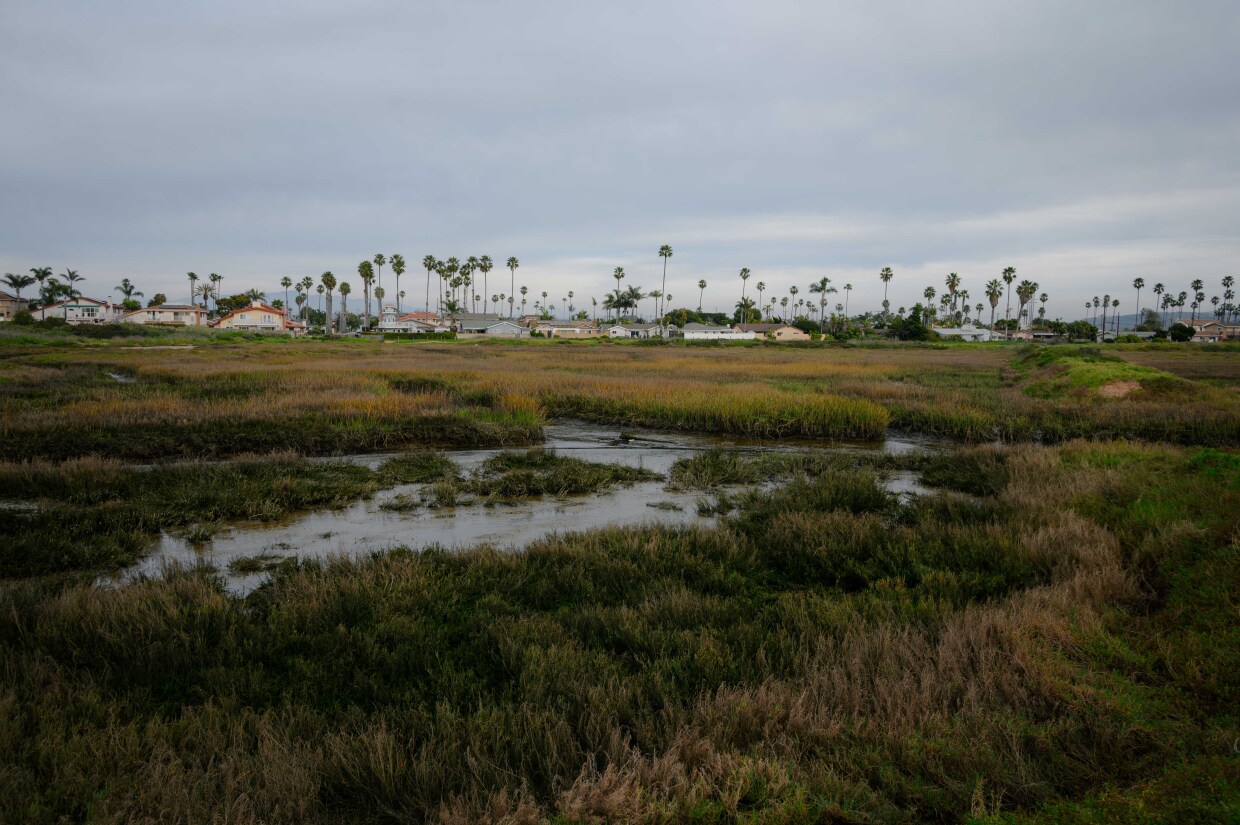
Imperial Beach
In other parts of the South Bay, it’s less clear how the Grants Pass decision will land.
Imperial Beach has not considered passing any new laws on homelessness so far, and City Manager Tyler Foltz said they are still looking into the impact of the Supreme Court ruling.
But the city might already have similar laws on the books. A number of local ordinances in Imperial Beach restrict many of the same activities that are banned under the city of San Diego’s encampment law, including camping on sidewalks or in parks and storing belongings in public areas.
So far, city officials said they haven’t cited anyone for violating those laws.
Imperial Beach has around 20 unhoused residents living on the street, according to the latest census and doesn’t have any homeless shelters available.
Coronado
Coronado also has not considered passing new laws on homelessness so far, although Coronado Mayor Richard Bailey has previously told some news outlets that police will intervene if they see someone setting up an encampment.
Bailey did not respond to questions from KPBS.
The city doesn’t have any unhoused residents, according to the latest census, and also doesn’t have any homeless shelters available.
San Ysidro and Nestor
Since San Ysidro and Nestor are part of the city of San Diego, residents there probably won’t see any immediate changes.
San Diego Mayor Todd Gloria’s office recently told Voice of San Diego that they don’t plan on making any big changes to their approach on homelessness in the near term.
Gloria’s office did not respond to KPBS’s request for comment.
The regional census doesn’t show how many unhoused people live in San Ysidro or Nestor specifically. The city of San Diego currently has around 3,500 unhoused residents, the vast majority across the county.
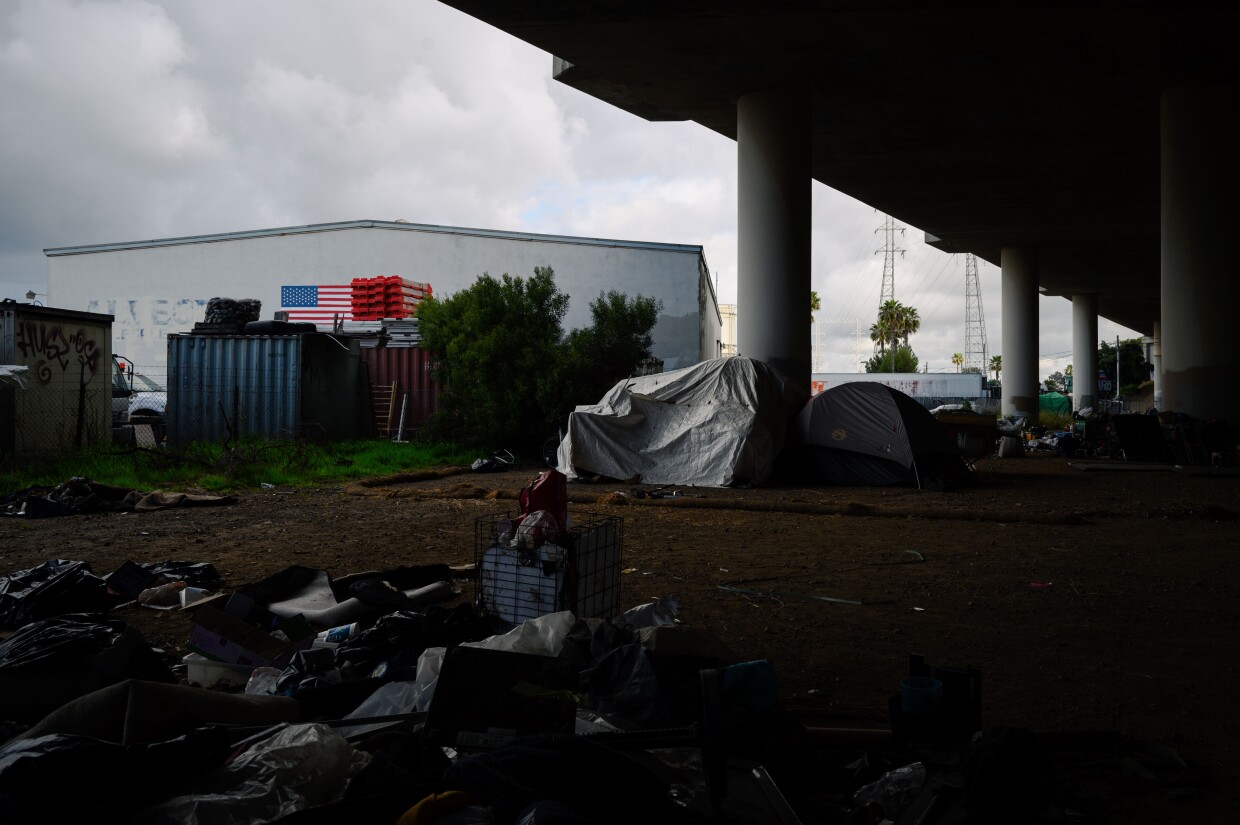
What happens next?
For many advocates and researchers, the bottom line is that they say the Supreme Court’s ruling will do little to help cities address the reasons why so many people are continuing to become homeless.
Jennifer Nations, who oversees UCSD’s Homelessness Hub, understands in some ways why more cities are turning to bans. Using police to clear someone off the street and try to force them into a shelter is often an easier option, she said, because it’s less expensive and can swiftly change how a city looks on the surface.
But a temporary shelter bed, Nations said, won’t change anything for that person in the long run if there isn’t a clear pathway into supportive services and permanent housing.
“Until we can really address the cost of living, deep housing needs, real health and mental health support needs, then we are not moving toward lasting solutions,” she said.
Some advocates have other concerns too. Sebastian Martinez, deputy executive director for Community Advocates for Just and Moral Governance, worries that the ruling will give city leaders less incentive to build more shelters and supportive housing. He also warned that more arrests could add new strain to the county’s already crowded jails.
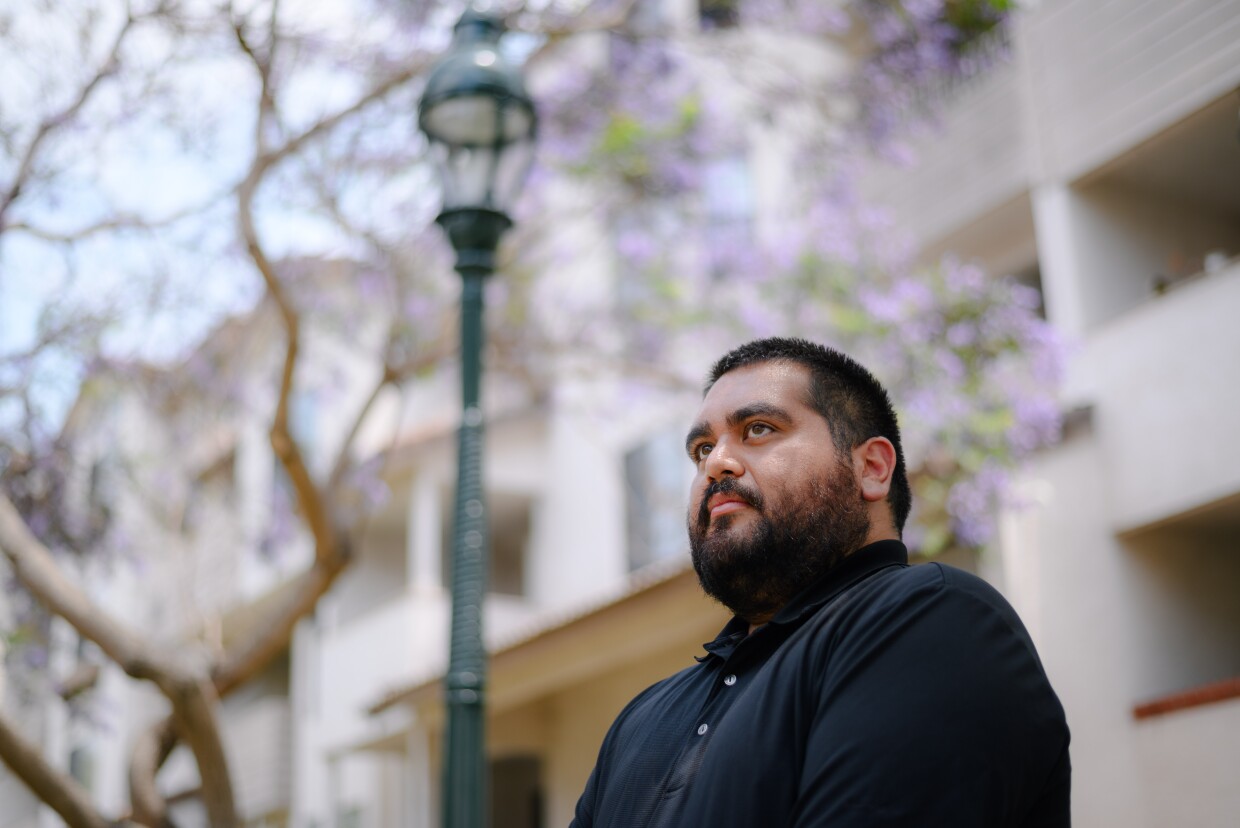
But Martinez, a lifelong Chula Vista resident, said he was also heartened by the compassion residents have shown amid rising numbers of unhoused people. He said it was time for residents to make their voices heard as the city’s elected leaders weigh their next steps.
“Do you want to potentially be arrested, fined or ticketed because you fell into that percentage at a hard time?” Martinez said. “It doesn't affect you today, but it could very easily affect you tomorrow.”
Hayes, the formerly-unhoused advocate, said her experience is an example of what does work: helping people move into permanent homes with support systems.
For more than 10 years, Hayes experienced homelessness. Last June, she finally moved out of her tent in downtown San Diego and into an apartment with supportive services in San Ysidro.
And Hayes has a message for the elected officials who are now deciding what to do next.
“Think with your hearts,” she said. “Not just your heads — your hearts. Because these are human people, too, and they deserve somewhere to be.”
Everyone, Hayes said, deserves to be treated with dignity and respect.






